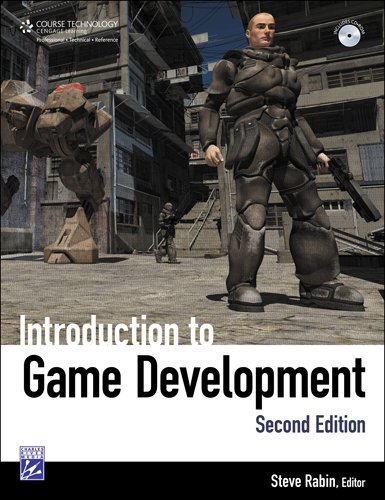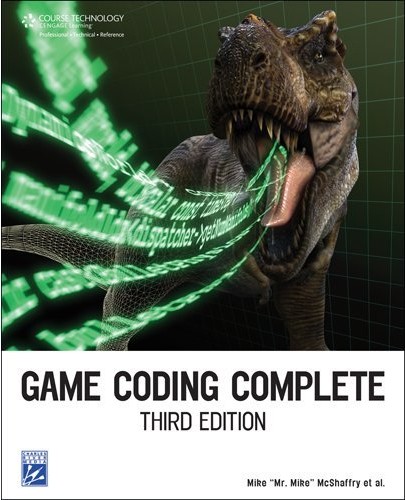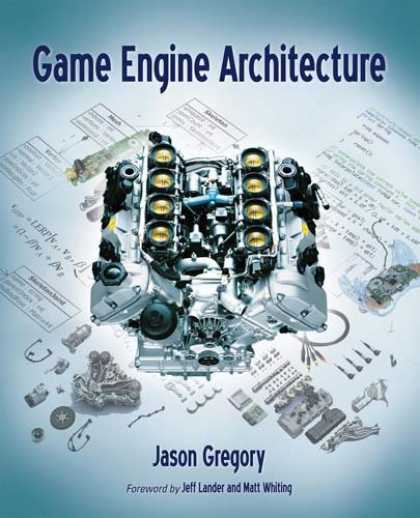I’ve been putting off this post for a while cause it still feels like a dream! I’ve been awarded the “Eric Dybsand Memorial Scholarship for AI Development” by the IGDA Foundation as well as a GDC scholarship by the International Game Developers Association. What this means is that I will be attending the Game Developers Conference this year!
Attending the GDC has been a huge dream of mine for the last few years, as you can see from the banner on the right hand side, financial restrictions have prevented me from attending in the past. In addition to attending the conference, I get to be introduced to various industry VIPs and shown around at the conference by seasoned industry professionals. This is the single biggest opportunity I’ve had to get into the game industry and I am sooo excited!!!
The GDC scholarship provides me with a all access pass to the GDC, so I can attend the talks as well as the expo and career seminars. The “Eric Dybsand” scholarship is an AI specific scholarship which afford me the chance to network and meet a lot of game AI programmers and an opportunity to attend the AI game programmers guild dinner! I’m crazy excited about being able to attend the AI summit especially since the list of speakers is practically the bibliography of my thesis, and as weird as it sounds these guys are like rockstars to me. I’m quite intimidated by the thought of actually meeting them in person. I really hope that I dont make a fool out of myself haha…
I’d just like to thank Neil Kirby from the IGDA foundation as well as Gordan Bellemy and Jack Bodgan from the IGDA for giving me this chance! I really really appreciate it!!!
So whats happening at the GDC this year:
- The AI summit – 2 days of discussions regarding the key issues in game AI
- 25 Post-mortems on classic games by the developers (games include Pac-Man, Prince of Persia, Bejeweled, Populous, Doom, Pitfall, Maniac Mansion and more)
- A game design talk by Cliff Bleszinski of Gear of War Fame
- Battlefield 3 Unveil (OMG!!!)
- Keynote address by the president of Nintendo – Satoru Iwata!!!
- and sooo much more!!
I really cant wait!!!! This has made my year!!!!
PS. I am responsible for all my accomodation and food expenses so if anyone feels like they wanna help me out by donating please feel free to do so.
Currently the total for donations I’ve received over the last ~3 years is $1…





